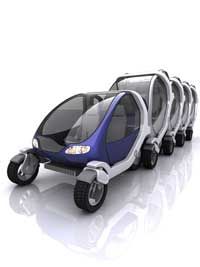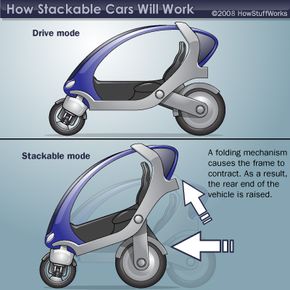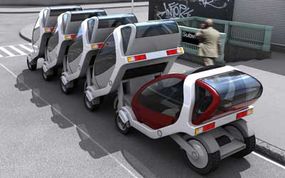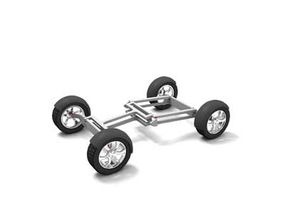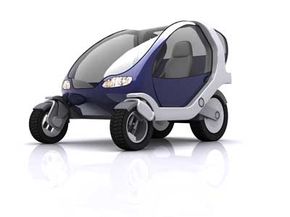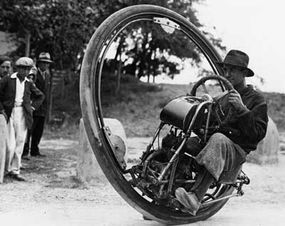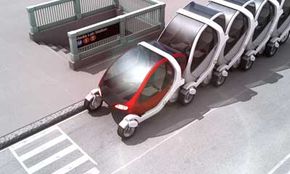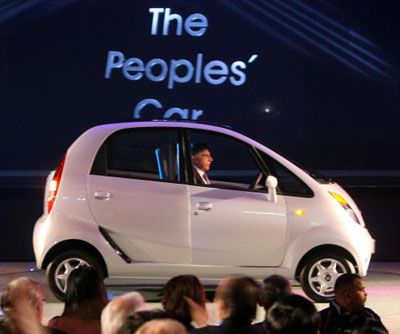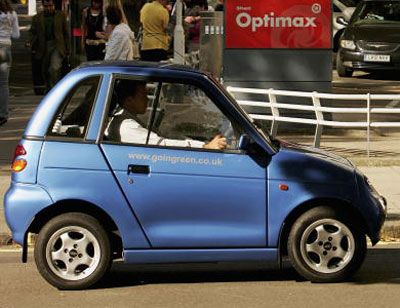What will city traffic be like in the future? Will we "drive" through the air? Will we bury our roadways underground? Or, will existing streets simply experience the same old congestion with newer, high-tech automobiles? Many designers insist that we don't just need to improve roads and automobiles, but rather completely rethink why we need cars and reinvent how they serve us.
For all the convenience of owning a car, consider such negatives as cost, air pollution, congestion, limited parking and traffic accidents. While air pollution and high-speed wrecks have only become hazards of private transportation since the 20th century, commuters have dealt with traffic congestion since as early as the rule of Julius Caesar. And while technology has come a long way since then, advancements in overall planning haven't always kept up with the pace.
Advertisement
In many European cities, residents travel the same roads their medieval ancestors used. First, horses and carts clogged the streets, then gas-powered cars -- what difference will clean-running electric, solar-powered, or even flying vehicles make if our basic approach to transportation doesn't change?
Today, designers and entrepreneurs have turned their attention to creating smaller, environmentally friendly vehicles and car-sharing programs. In 2003, the designers at the Massachusetts Institute of Technology Media Lab's Smart Cities group set out to take these concepts even further by designing an electric vehicle that's not only shareable, but also stackable. When a City Car isn't in use, it would collapse into a smaller size and stack against other City Cars, much like a row of shopping carts. In this manner, eight vehicles could fill the area of a parking space traditionally used for one standard-sized, conventional automobile.
To use this stackable car, all you'll need to do is swipe your credit card at the nearest City Car rack -- but don't go looking for one just yet as the City Car is still in the developmental phase. The concept, however, has already generated quite a bit of interest from automobile manufacturers, city governments and commuters. In this article, we'll look at just how a stackable car would work and the manner in which it might revolutionize the way we think about automobiles.
Advertisement
